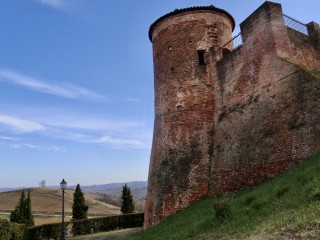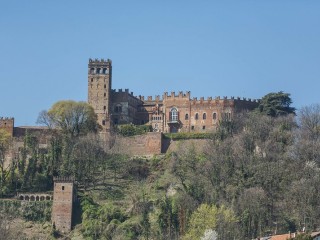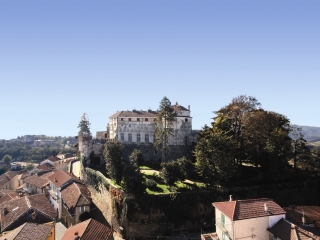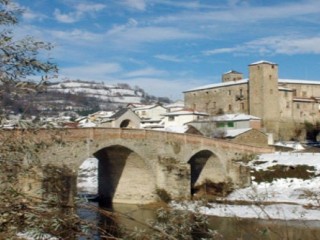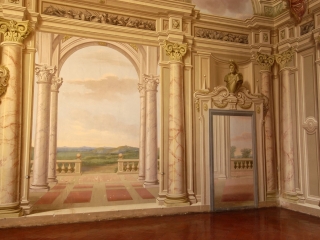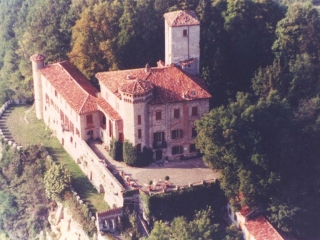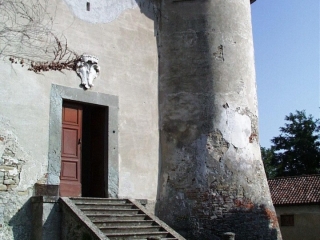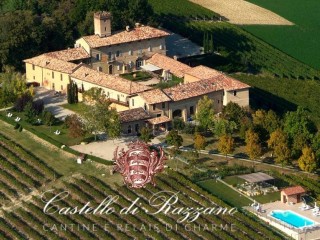Castelnuovo Calcea
Area del Castello di Castelnuovo Calcea
The Castle of medieval origin was destroyed and rebuilt several times throughout the centuries. Of the original building remain the entrance portal, the watchtower and the ramparts; the area is now used as a public park.


